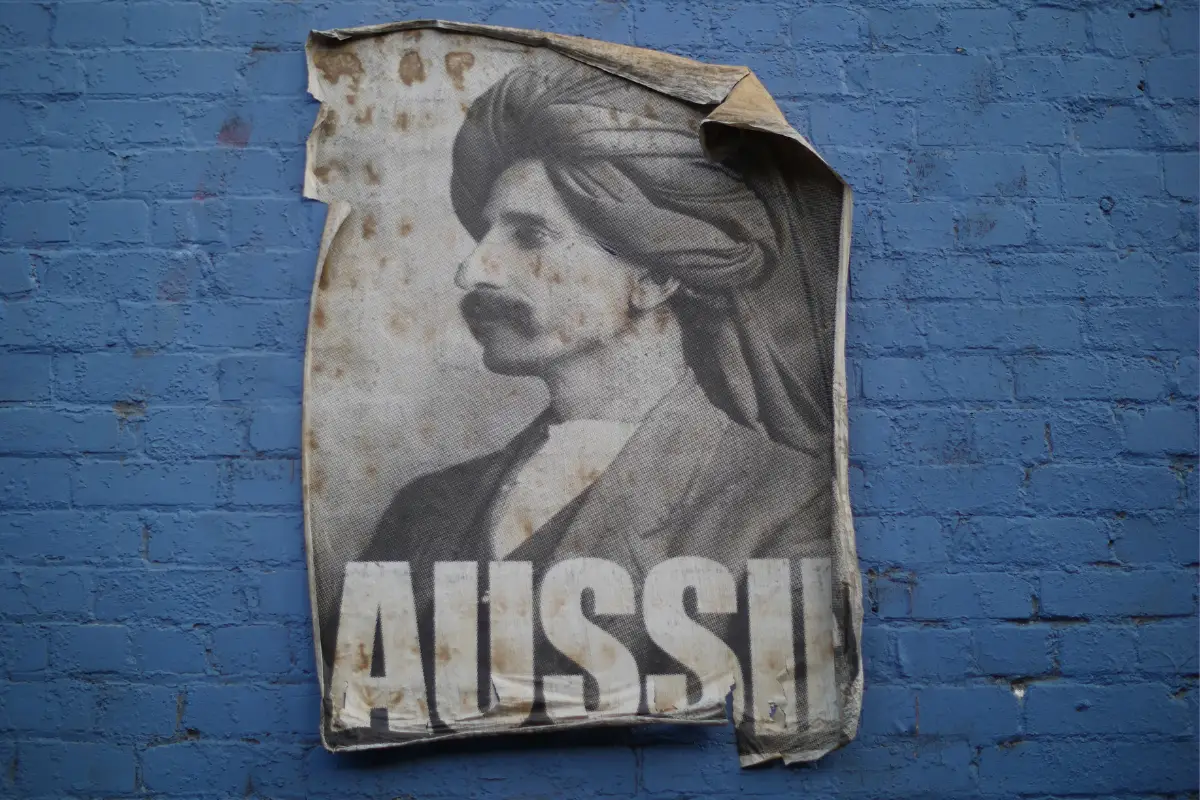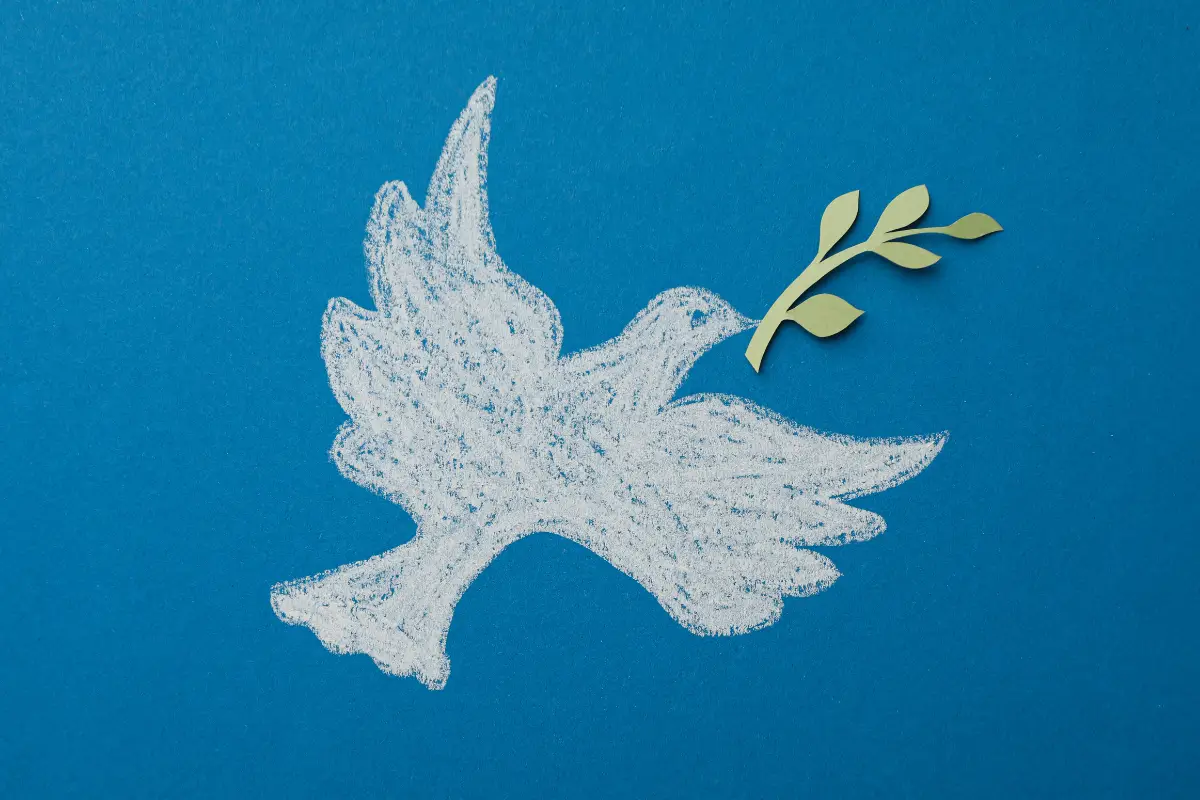
A billion dollar industry
Australia’s cultural and creative industries generated nearly $112 billion for the economy in 2016 to 2017 and employed 600,000 people, more than mining and agriculture combined.
And while many other industries have been shedding jobs because of automation and other factors, creative employment – which includes people working in screen production, publishing, video game development, design, digital content and creative software applications – is growing at almost twice the rate of the wider workforce.
Thanks to soaring demand for creative services, the sector could not only help to revitalise the economy post-COVID-19, researchers believe, but could “fuel Australia’s next boom”.
Only recently, though, has the significance of the creative and cultural industries been acknowledged. Traditionally, the field has been associated with arts and culture and viewed primarily as a public good, contributing little to the economy and requiring government support to thrive and survive.
A world first for the creative sector
That limited perception of the sector shifted significantly when academics at Queensland University of Technology (QUT), which opened the world’s first Creative Industries Faculty in 2001, charted the sector’s size and growth, along with trends, incomes and employment patterns to determine their real value.
The research, pioneered by Stuart Cunningham as director of the ARC Centre of Excellence for Creative Industries and Innovation, devised a new methodology for more accurately defining and measuring the creative economy.
Earlier evaluations had been based on the number of creative professionals working within the creative industries. The innovative new approach incorporated two additional categories: support staff, such as lawyers and accountants, employed in creative industries; and creatives “embedded” in other sectors of the economy, such as mobile app designers working with banks.
The methodology – named Creative Trident, after Neptune’s three-pronged fork – revealed that Australia’s creative economy is far larger and more dynamic than previously thought.
One challenge, says Cunningham, was “how to develop an inclusive account of the creative economy and put a statistically reputable and robust boundary around this new emerging sector”, including the fast-growing digital content space.
The researchers published key works such as Creative Industries (John Hartley), Global Creative Industries (Terry Flew) and Hidden Innovation: Policy, Industry and the Creative Sector (Cunningham), and collaborated with government, industry and the community.
Skills for the future
Responding in recognition of the work done to establish the scope and importance of creative industries, the federal government established a Creative Industries Innovation Centre, which supported more than 1500 creative businesses between 2009 and 2015.
In 2014, the Australian Bureau of Statistics (ABS) used QUT’s new methodology to produce the first Cultural and Creative Activity Satellite Account, an authoritative record of economic activity in the sector.
A second ABS Satellite Account published in 2018 revealed that the value of creative occupations rose by 30 per cent over the eight years to 2016–2017.
It also found that the bulk of creative occupations are in creative services (such as design, digital content, and social media marketing), rather than in cultural production (such as filmmaking) or other industries. Creative services experienced high jobs and income growth over the period, substantially boosting the number of people with the skills required for the economy of the future.
The Creative Trident approach has had significant international impact, being adopted by China, and also by Britain, which came up with the idea of the creative economy in the late 1990s.
The loss of so much creative and cultural activity through the COVID-19 pandemic has thrown their value into stark relief. Knowing the full extent and rate of growth of the creative economy before the pandemic will help guide recovery. As Australia rebuilds following the blows inflicted by COVID-19, creativity could hold one of the keys.



